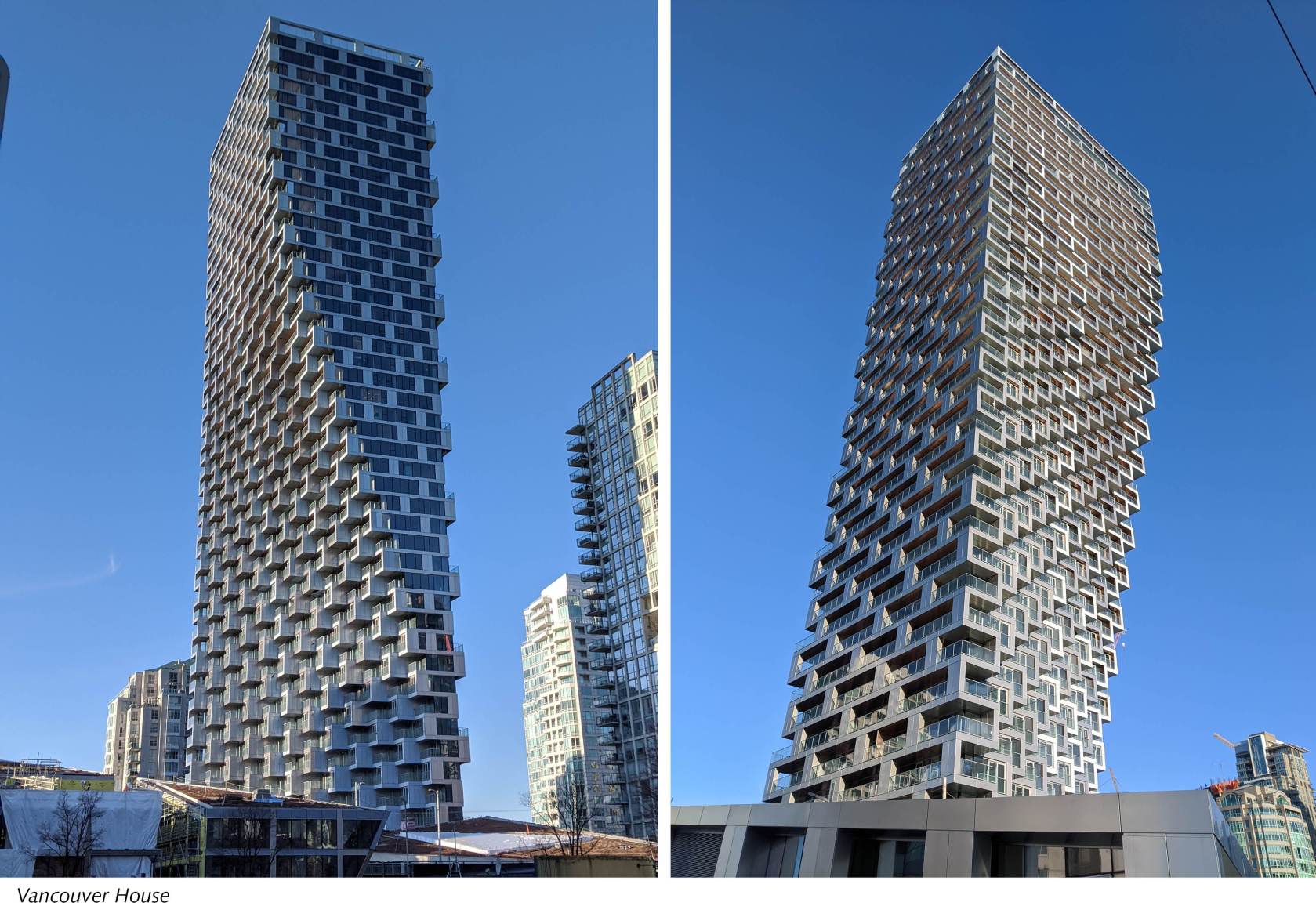

What is post-occupancy evaluation?
Post-occupancy evaluations (POE) use occupant feedback to systematically assess indoor environmental quality (IEQ) factors that impact occupant satisfaction, health, and productivity. This occupant feedback can be combined with quantitative data on building system performance to drive design and operational improvements.
Why does indoor environmental quality matter?
With 90% of our time spent indoors, our built environment significantly impacts our health, productivity, and mood.[ii] A study from Harvard University showed that the cognitive performance of individuals in buildings with better air quality doubled over those in a conventional building.[iii] Similarly, the level and quality of the light that reaches our eyes helps regulate our sleep cycles and other physiological functions –which in turn impact rates of diabetes, obesity, depression, and heart disease.[iv],[v]

Improvements made to the indoor environment can therefore translate into dollars saved through improved efficiency, reduced absenteeism, increased retention, and reduced insurance rates and claims.[vii] With 90% of the operational costs of an average workplace allocated to human resources, this provides a great opportunity to achieve returns on investment.[viii]
What is the POE Process?
POEs are completed 9-18 months after the building has been occupied. With input from a building representative, an online questionnaire is customized and distributed to occupants via email. The questionnaire –which includes both numeric ratings of satisfaction and open-ended responses relative to various IEQ criteria –takes approximately 15 minutes to complete, and support from an on-site champion can help achieve high response rates. Ideally, a POE is complemented by a pre-design survey to create a baseline for comparison, as shown in the graphic below.

What are the results from a POE?
After the survey is completed, the building representative will receive a report that describes the survey methodology, presents the findings (including a comparison to the pre-design survey, if applicable), and makes recommendations. These general recommendations are supplemented by an organized list of open-ended responses, which often identify occupants’ specific concerns.
The report also includes an overall IEQ satisfaction score that can be compared to the growing database of other buildings that have completed Minnesota’s B3 post-occupancy survey. View example reports online in the B3 POE Library at http://www.b3mn.org/poe/library/
How can the results be used?
Results illustrate the value of a new construction or renovation project to occupant well-being, highlight aspects of the indoor environment that can be improved, and inform future design and operational decisions. Open-ended responses can also be useful for finding specific issues that may be easily alterable to improve occupant satisfaction. Completing a POE is a great way to show that you are invested in the happiness and well-being of the occupants of your building.[i] Graphic derived from Martin, C., Alexander, B., & Wingate, C. (2017, November). Designing for Occupant Well-Being with B3 Post-Occupancy Evaluations. Presented at the American Institute of Architects-MN Convention.
[ii]Klepeis, Neil E., et al. (2001). The National Human Activity Pattern Survey (NHAPS): A resource for assessing exposure to environmental pollutants. Journal of Exposure Analysis and Environmental Epidemiology, 11, 231-252.
[iii]Allen JG, et al. (2016). Associations of cognitive function scores with carbon dioxide, ventilation, and volatile organic compound exposures in office workers: a controlled exposure study of green and conventional office environments. Environ Health Perspect, 124, 805–812.
[iv] Duffy, J. F., & Czeisler, C. A. (2009). Effect of Light on Human Circadian Physiology. Sleep Medicine Clinics,4(2), 165–177.
[v] Institute of Medicine Committee on Sleep Medicine and Research. (2006). Sleep Disorders and Sleep Deprivation: An Unmet Public Health Problem. Washington (DC): National Academies Press.
[vi] Data source: World Green Building Council. (2014). Health, Well-being, and Productivity in Offices: The next chapter for green building.
[vii] World Green Building Council, 2014.
[viii] World Green Building Council, 2014.
[ix] Graphic derived from Martin, C., Alexander, B., & Wingate, C., 2017.


